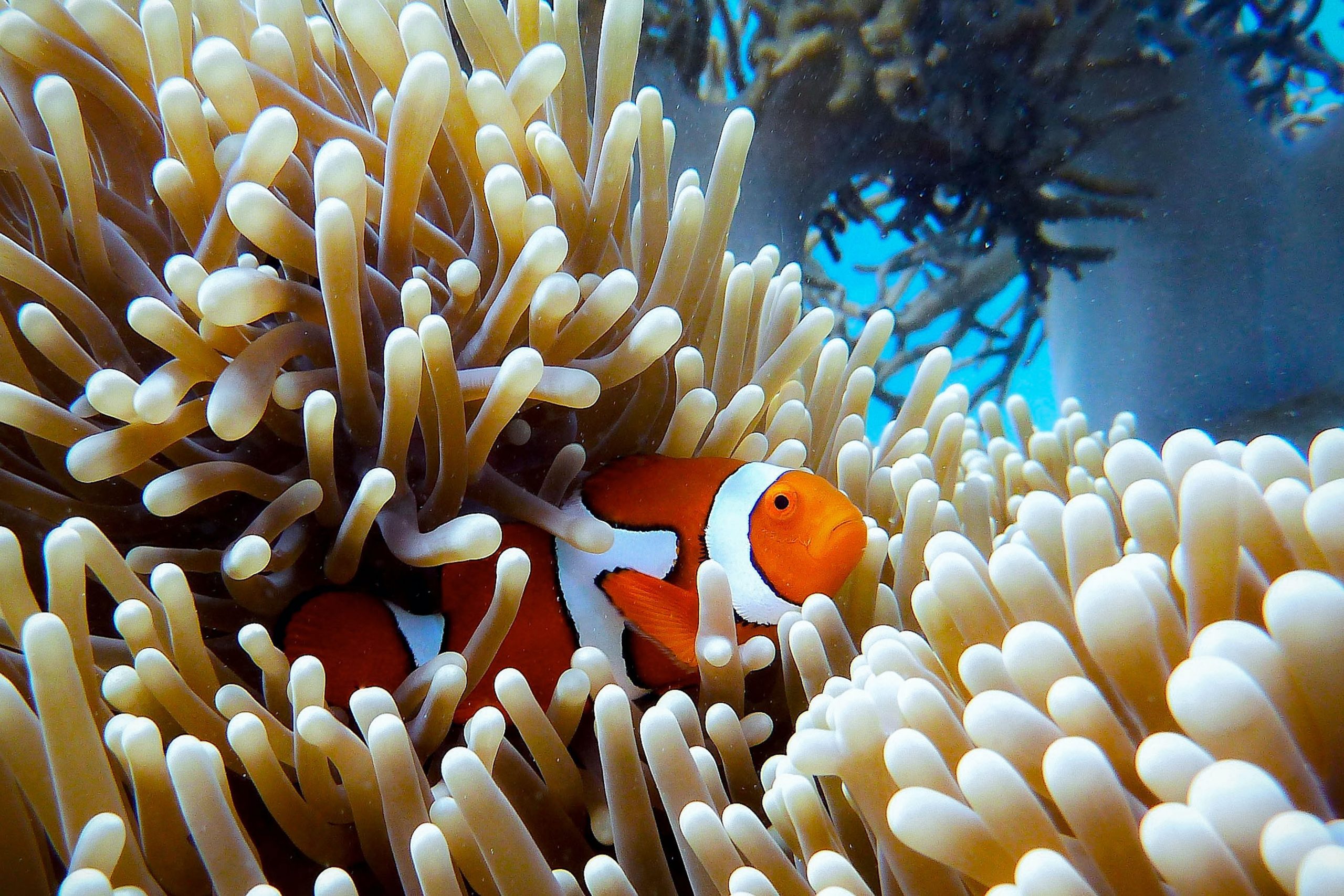Remember when Greenpeace campaigned — at times violently — against Shell dumping the Brent Spar oil platform at sea? Despite Shell producing scientific evidence that dumping the platform to create an artificial reef was the “Best Practicable Environmental Option”, Greenpeace campaigned furiously, claiming that it would have a toxic effect on ocean ecosystems. In the end, the plan was scrapped.
The only problem is: Greenpeace were wrong. Far from being “toxic”, decommissioned oil and gas platforms are a haven for ocean wildlife. In fact, fish prefer artificial reefs to the real thing.
Aquatic life is swarming to out-of-service oil and gas platforms at rates “at least four times higher per unit area than some of the world’s most productive coral reefs.”
They’re an underwater biodiversity bonanza.
A study by Curtin University has confirmed that decommissioned oil and gas infrastructure, sometimes called rig-to-reef projects, are attracting more fish than real reefs.
It’s not only the fish who benefit.
They’re economic drivers. Local fisheries, marine scientists, and tourists all win, with platforms becoming diving and fishing destinations.
The lead author on the Curtin University report, Professor Euan Harvey said the structures studied had economic benefits to match the ecological ones.
“Most jurisdictions require that offshore structures be removed for onshore disposal,” he said.
“However, there is growing interest in understanding the ecological and socio-economic benefits of leaving structures in the water. In this study, we recorded 43 species of fish on the platforms and five reference sites with most fishes on platforms categorised as coral-reef or coral-reef-associated species.”
“We conservatively estimate each platform had a scaled mean biomass of 2927 kg and the fished species had a scaled mean economic value of 175,500 Thai Baht ($AUD7238) per platform.”
Greenpeace would not only deny fish a much-loved home, they’d deny local communities a nice tourism earner.
This intentional leaving of submerged support structures and parts is referred to by the industry as a Rigs-to Reefs (RTR) procedure. This produces visually stunning habitats conducive to the growth of marine life.
The practice isn’t unique to the oil and gas industry, either – everything from decommissioned ships and vehicles through to underwater art installations have been created for a similar purpose.
Bright-r
This is just one of the many reasons not to trust Greenpeace.
There’s the eco-terrorism, irreparable damage to protected World Heritage sites, and publicity-grabbing stunts that are more about soliciting donations than prioritising environmental issues.
Now we know that even fish disagree with them.

